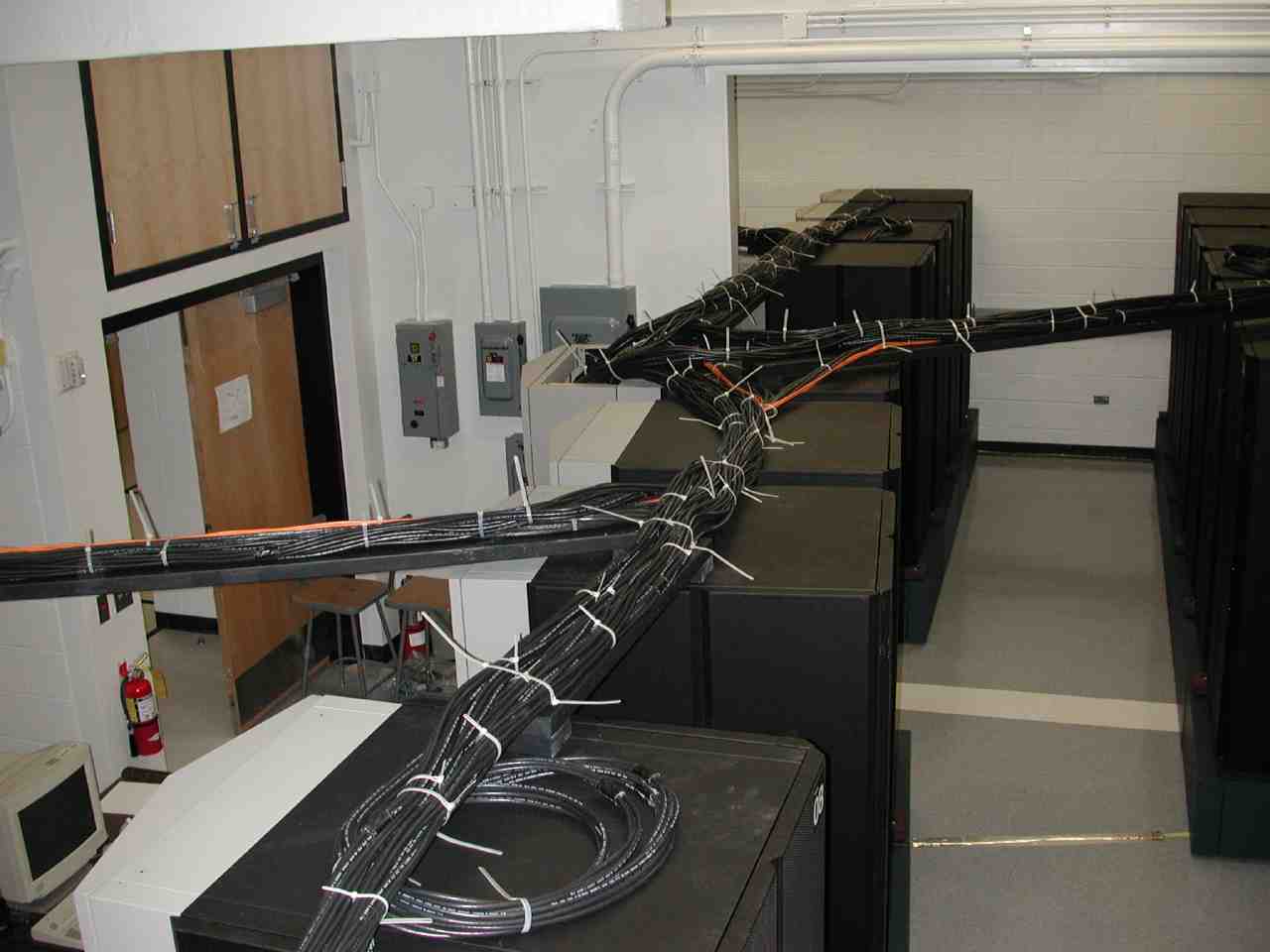


Risk Assessment
Risk Assessment procedures
- Continuous system activity monitoring.
Started from cron, several scripts run daily on the systems.
This includes:
- log rotation
- backup
- process and disk space accounting
- mail queue cleanup
- user file ownership audit
- A weekly inspection of various logs is performed to ensure that automated processes do run.
- A monthly accounting summary is processed and reviewed, giving an overview af system activity, disk usage, CPU usage, printing.
- Every semester the list of accounts is reviewed. Class accounts are cleaned and reset, Stale accounts are removed.
- Critical system patches are applied immediately when announced.
- Standard software patches are applied every 3 months to every year depending on the type of system.
- The systems operated by the Lab have been purchased and configured with an over all architecture in mind. As a result, there are several levels of redundancy and failover in place to protect both against hardware and software failure and against malicious activity.
Risk Assessment Report
The table below lists the dates the risk assesment was performed. The results and actions are recorded and detailed below in the text.
| Date | Author | Findings | Action | Action taken |
| Aug 29, 2006 | E. Deumens | See below | See below | See below |
| Oct 30, 2006 | E. Deumens | Virus and spam attacks increase | Upgrade sendmail to use greylisting | done |
| Aug 30, 2007 | E. Deumens | Review systems and procedures | No correction required | Complete |
- Hard disk failureThe highest risk is for data corruption
and data loss by hard disk
drive failure. The correct procedure for
storing data on the appropriate storage device is clearly
explained. However, many users allow convenience to dictate their
choice and store data on disk drives that are not properly backed up
matchin the nature of the data. The high reliability of modern disk
drives leads to a false sense of security. In the past year, several
instances of significant data loss caused by users not following the
proper procedures have been documented.
Action Increase user awareness campaign (QTP seminar Sept 13, 2006, repeated Sept 26, 2007) - Computer room access The second highest risk is exposure of
the computer room to access by unauthorized and untrained employees of
UF PPD.
In the Physics building only 10 people have the key to the room.
Action A request to take the key off the master has been made on July 28, 2003 to Wainwright, Wayne wwainw@ufl.edu, with a negative response on Aug 25, 2003. - Virus and malware protection
- The computers runing Windows and Linux are configured to be behind an active fire-wall and use NAT to access Physics Building network, the campus network and the Internet. As a result, no host on campus can initiate any communication with any Windows computer on the QTP network. This significantly reduces the impact of security incidents on the operation. All Windows servers are configured to run Windows update daily. The Linux servers run long compute jobs, so their patch management requires careful planning and scheduling.
- DHCP clients, user laptops, are unmanaged hosts. They are all put in the same category and only access the Physics Building network and beyond through NAT.
- Most instabilities on computers are caused by user action, often not deliberate, especially with the growth of spyware and malware. For this reason staff computers are protected additional by DeepFreeze. As a result all changes made to these computers, accidentally or deliberately get undone by the daily shutdown and startup.
- User authentication management QTP users have many collaborations for extended periods of time. Thus many accounts exist for people who are not at QTP. These accounts are monitored for suspicious activities and accounts are closed immediately when any activity does not fit the expected pattern.
- Data security No sensitive data of any significance is stored on the QTP servers. Therefore no special measures beyond the standard data privacy implied by proper authentication and authorization needs to be in place.
- Backup procedures Daily backups are performed of the /home disk with a 14 cartridge tape robot. Once a week, sunday night, the backup tape is taken off site. The backup is for system recovery and continuity of business, not to provide a historical record of user data. System partitions are backed up by another robot, each major server is backed up once every three days. The multi-Terabyte data disks are all protected by RAID 5. A manaul backup is performed once every two or three months.
Last Updated 12/15/07

